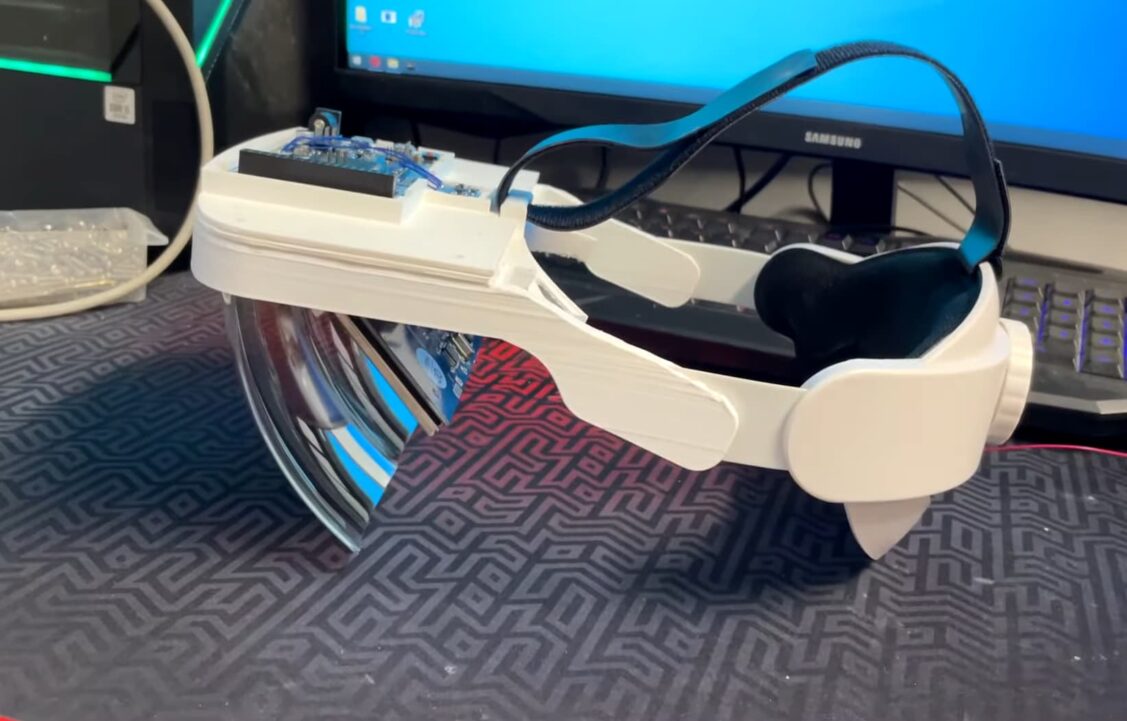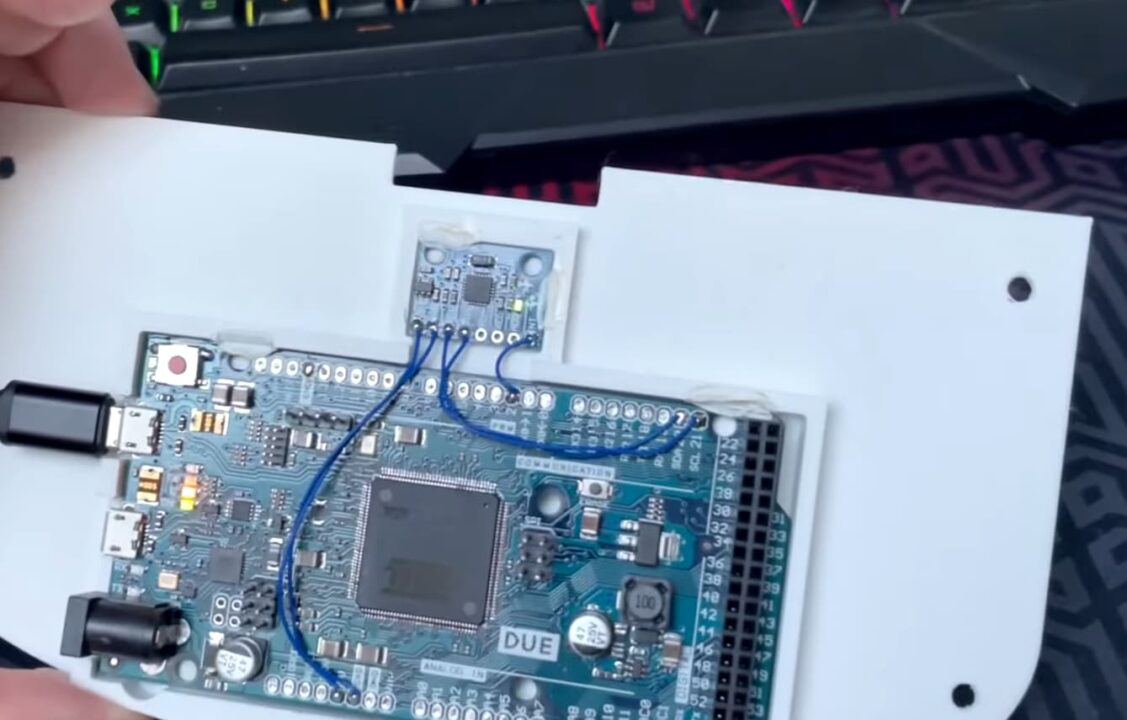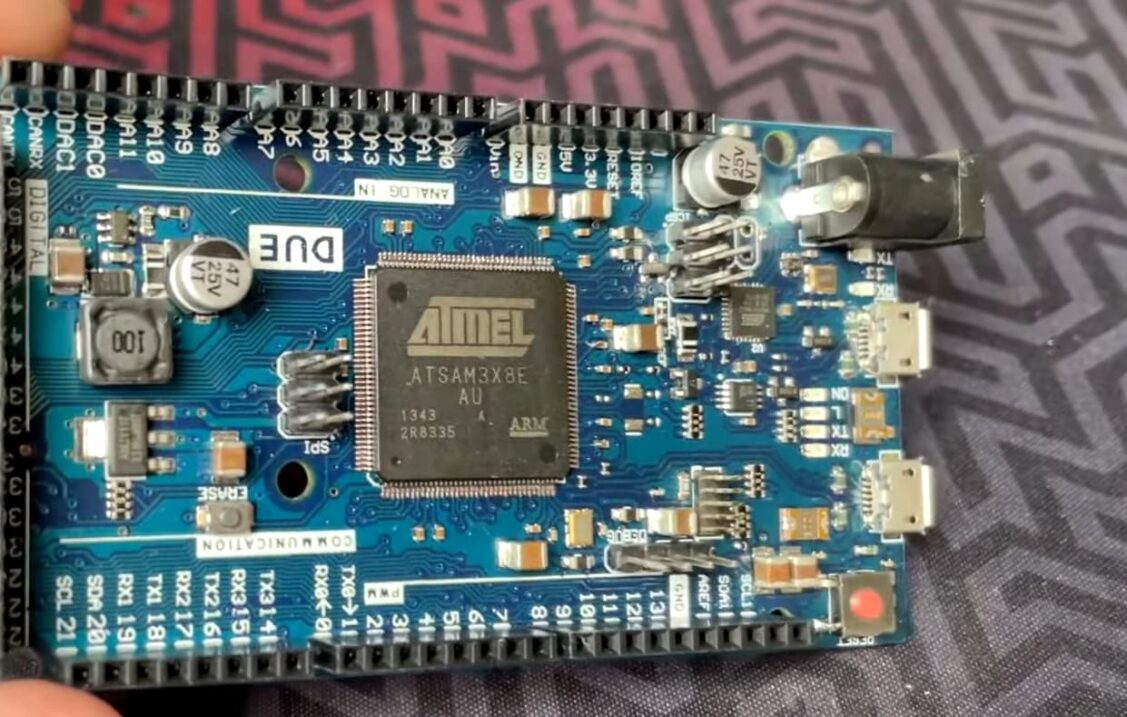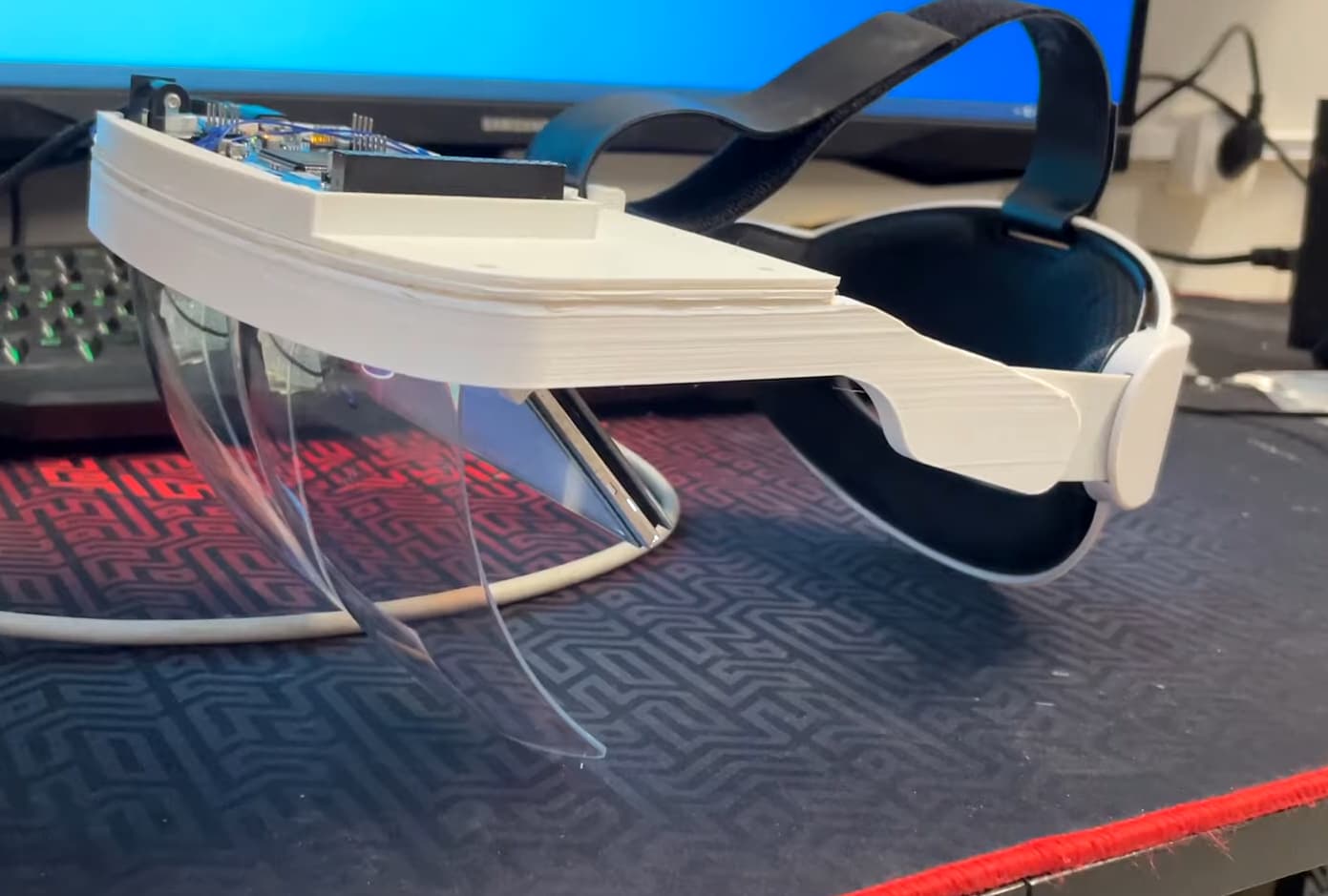How to Build an Arduino-Based VR Headset?
Do you want to build an Arduino-based VR headset? Building an Arduino-based VR headset is actually not that difficult. All you need are a few basic electronic components and some software development skills.
In this blog post, we will show you how to create a VR headset using an Arduino. We will provide a step-by-step guide on how to do it, and we will also include a list of materials that you will need. So what are you waiting for? Let’s get started!
Preparing Components And Supplies
The first thing you need to do is to gather all the necessary electronic components. For this project, you will need an Arduino board, a display module, a lens, and some other basic electronic components. You can find all the necessary components in any electronics store or online.

How Do I Get Started?
After gathering and preparing the components for your Arduino-based VR headset, you need to download and install the Arduino IDE software on your computer. Once the software is installed, launch it and connect your Arduino board to your computer via a USB cable.
About This Project
A Fully Hackable VR Headset And Development Kit
The aim of this project is to provide a fully hackable VR headset and development kit that is affordable for everyone. The headset is based on the Arduino platform and it uses off-the-shelf electronic components. This makes it easy to build and customize.
This project is open source and is released under the MIT license. This means that you can freely use, modify, and distribute the software and hardware design files.
If you are new to Arduino or programming in general, don’t worry. The kit comes with detailed instructions on how to get started. Just follow the steps and you’ll be up and running in no time.
Hardware
The headset is based on the Arduino platform and it uses off-the-shelf electronic components. This makes it easy to build and customize.
The display module is a small LCD screen that is mounted in front of your eyes. The lenses are used to magnify the image on the screen and create the illusion of depth.
All the electronic components are mounted on a custom PCB that fits inside a standard VR goggles case. The PCB has all the necessary connectors for the display, lenses, and Arduino board.

How to Build An Arduino-Based VR Headset
Building the VR headset is easy and only takes a few minutes. Just follow the instructions below:
- Download and install the Arduino IDE software on your computer;
- Connect your Arduino board to your computer via a USB cable;
- Mount the display module in front of your eyes;
- Attach the lenses to the display module;
- Connect all the electronic components to the PCB;
- Insert the PCB into a standard VR goggles case;
Now you have a fully functioning VR headset that you can use with any VR app or game. Just launch your favorite VR app, put on your headset, and enjoy!
FAQ
Can you build your own VR headset?
The Relativty open-source VR headset was created by Max Coutte and Gabriel Combe – two pals who wanted to create virtual reality games but didn’t have the money for a VR headset.
To construct the Relativty VR headset, you’ll need a soldering iron and a 3D printer, as well as some cheap electronic components developed by Relativty. The headset is powered by an Atmel SAM3X8E ARM Cortex-M3 processor with an MPU-6050 serving as an IMU. The Relativty firmware is also open source, allowing it to be run on any Arduino-compatible processor.
The Relativty headset’s reference design has a 2K@120Hz display. You can still add any screen you want, including ones that operate at different refresh rates and lower or higher resolutions.
For $200, you might have guessed that this isn’t a standalone gadget. To display the content, you’ll need a PC. You’ll also need a Steam account to run the headset because it uses Valve’s OpenVR platform. The headset doesn’t include any dedicated tracking sensors, so it’s technically a 3D- freedom device in terms of motion tracking. Relativty is working on an experimental AI system for position tracking that can use any camera to track your movements.

What do you need to make a VR headset?
- An Arduino microcontroller;
- A sensors shield;
- A display panel or screen;
- Some form of input (button, joystick, etc.);
Then you should do such things:
- Assemble the hardware. First, you’ll need to gather all of the necessary hardware components. These include an Arduino microcontroller, a sensors shield, a display panel or screen, and some form of input (button, joystick, etc.). Once you have all of these parts, you can begin assembling your VR headset;
- Install the software. Next, you’ll need to install the software that will power your VR headset. This includes the Arduino IDE and any necessary libraries. Once everything is installed and set up properly, you should be able to run example programs on your headset;
How much does it cost to build a VR?
The cost of building a VR headset will vary depending on the parts you use. However, you can expect to spend around $100-$200 USD on the hardware. The software is free, so your only other cost will be time and effort!
How do you make a Raspberry Pi VR headset?
Connect a Raspberry Pi to any VR headset that has an HDMI port and you should be able to use it. That’s all you’d need for a cheap micro-computer to run VR applications. You can use an Arduino to further improve the VR experience by adding sensors and controllers for a more immersive experience.
There are many ways to build a DIY VR headset at home. You can use cardboard, duct tape, and other materials you have lying around the house. However, if you want a more professional-looking headset, you can purchase a kit that includes everything you need to assemble the headset.
When it comes to software, there are a few different options available. You can use Google Cardboard apps or even Oculus Rift apps with your Raspberry Pi VR headset. If you want to develop your own VR applications, you’ll need to download the Android SDK and set up an Android development environment on your computer.
How do you make a VR headset without lenses?
Without lenses, a VR headset is simply a screen that you hold up to your eyes. You can make a very basic VR headset by taping a phone into 2 pieces of cardboard, cutting out eyeholes, and putting the contraption on your head.
But this approach has several drawbacks:
- First, it’s uncomfortable;
- Second, you have to keep holding the phone in place while you use it;
- Third, it doesn’t work with glasses;
A better solution is to build an Arduino-based VR headset. This approach uses lenses to focus the images on the screen and provide a wider field of view. It also includes a head strap to keep the device in place. And best of all, it works with glasses!
How do I make a VR controller?
The best way to make a VR controller is to use an Arduino microcontroller. This approach gives you the flexibility to add all sorts of sensors and inputs.
For example, you can add a gyroscope for head tracking, a button for input, and a vibration motor for haptic feedback. You can also add LEDs for visual feedback.
What language are VR games coded in?
According to several studies, if you want to work in the gaming sector, C# and C/C++ are the two most common programming languages for VR applications. However, the language you use will ultimately depend on the game engine you’re using.
For example, Unity – one of the most popular VR game engines – supports C#, JavaScript, and Boo.
Another important thing to keep in mind is that VR games require a lot of processing power. So it’s important to choose a language that will be able to handle all the computations required for a smooth gaming experience.
Is VR development expensive?
The cost of VR development will depend on the tools and hardware you need. If you’re just starting out, you can use free or low-cost tools like Unity or Unreal Engine. And for hardware, all you really need is a good quality computer and a VR headset.
Of course, if you want to create more complex VR experiences, you’ll need to invest in more expensive tools and hardware. But even then, the cost of VR development is relatively low compared to other types of game development.





